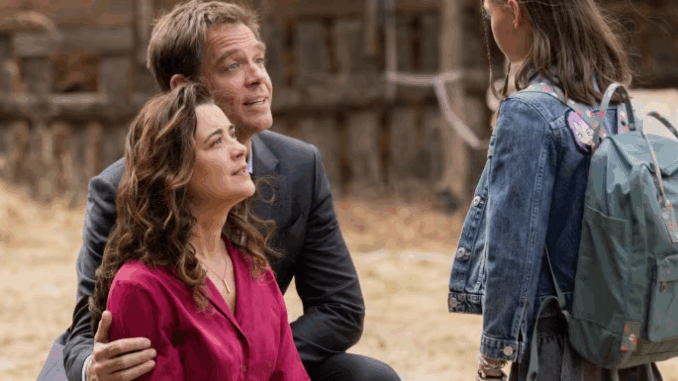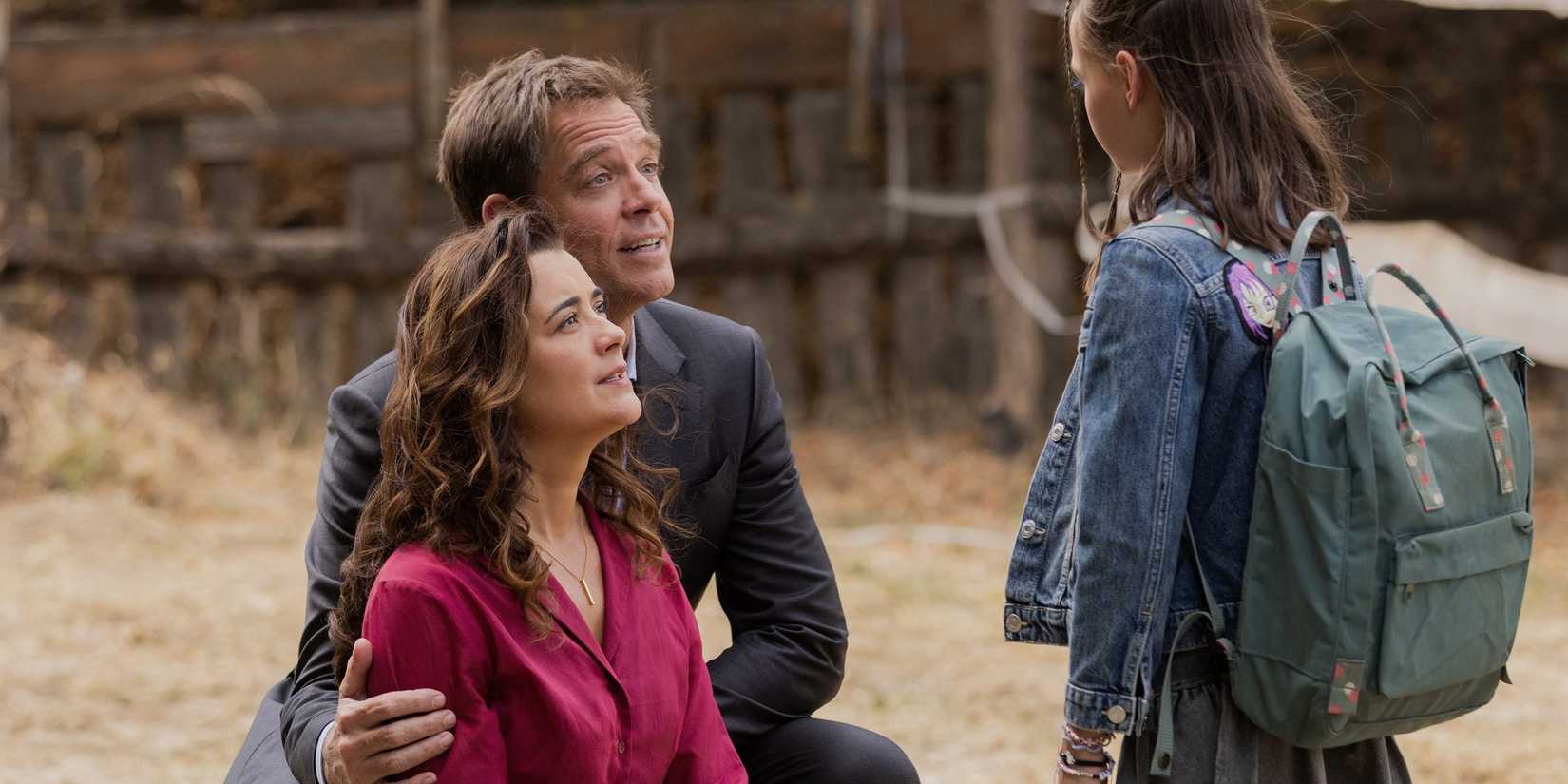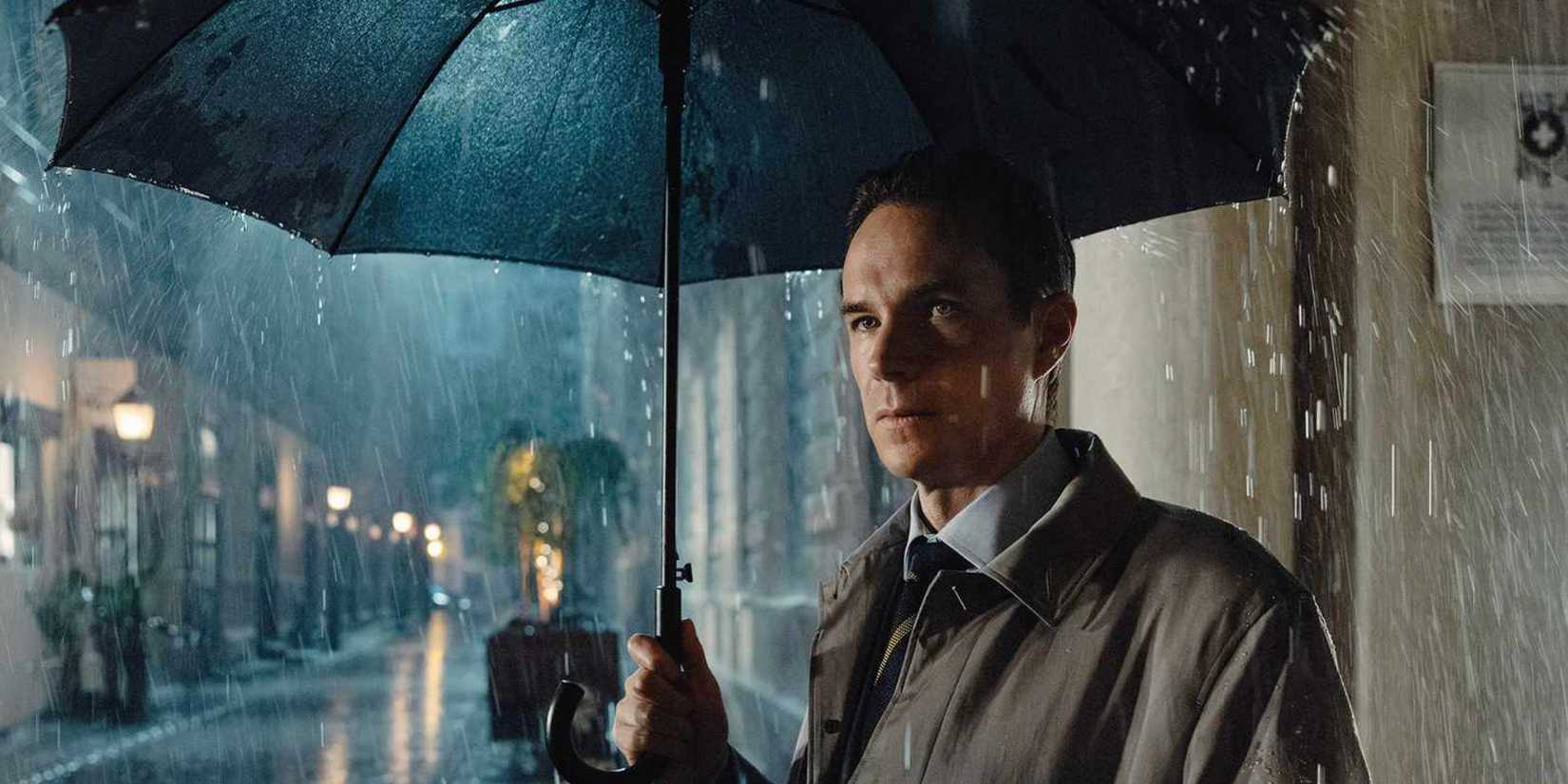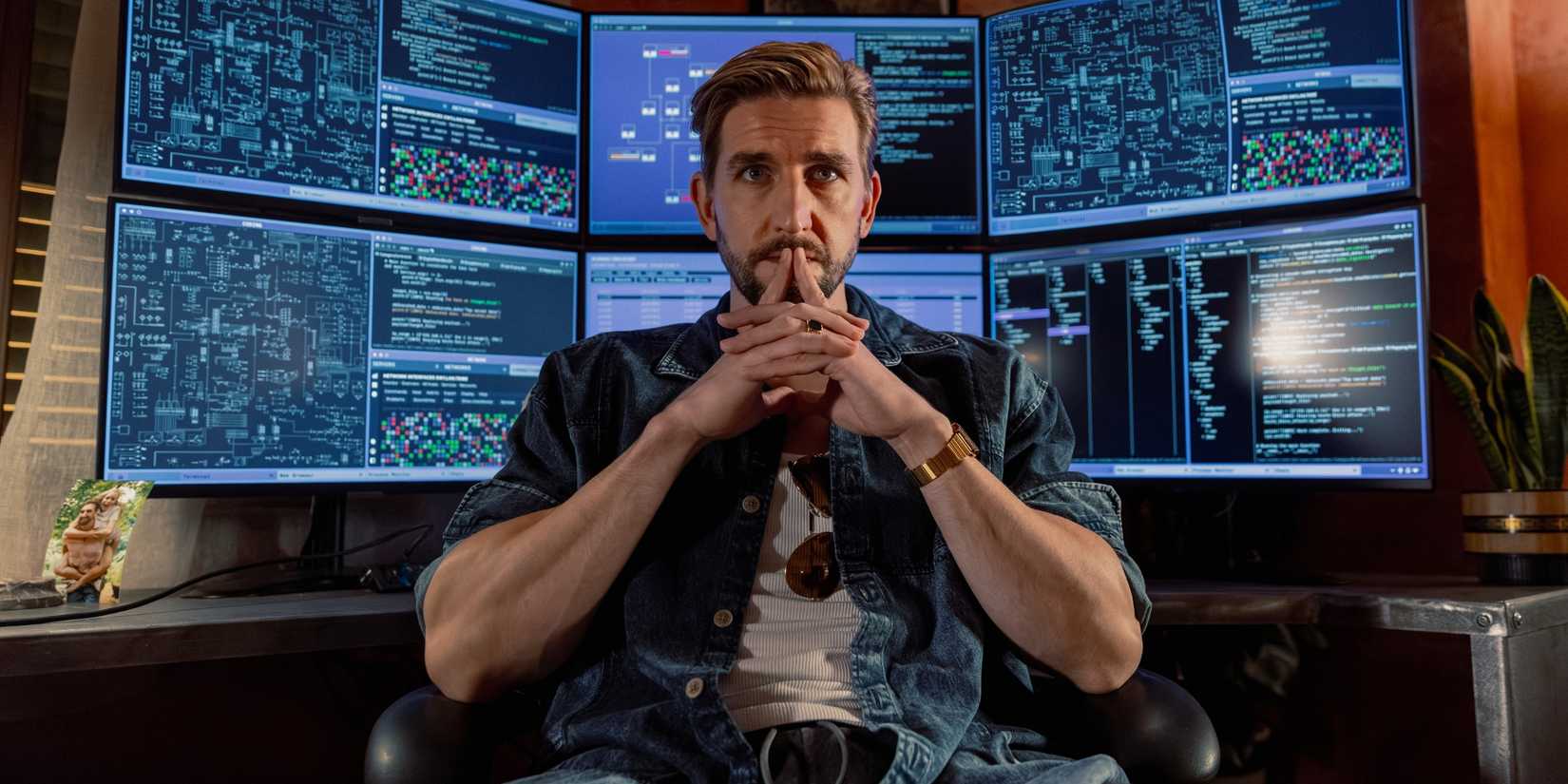
While NCIS: Tony & Ziva episode 6 largely focuses on Tali, the series’ flashbacks continue to explore how the title characters’ relationship has blossomed and withered since they last appeared in NCIS. The episode also reveals that Ziva has a safehouse in the Black Forest, which is where the most recent of many streaming-exclusive spinoffs makes a bold storytelling decision.
NCIS: Tony & Ziva Episode 6 Quite Literally Breaks The 1889 Rule Of Chekhov’s Gun
It’s Technically All DiNozzo’s Fault
David and DiNozzo still haven’t found themselves on rock-solid romantic footing just yet, with their latest argument arising from Henry’s death in NCIS: Tony & Ziva episode 5. However, an even angrier fight breaks out when Tali finds a gun that Ziva’s hidden in the safehouse. Curiously, this gun plays no role in fighting off Galimard when he later arrives.
Sophie does return fire on Galimard and his fellow goons, so stashing an entirely separate weapon in the house merely to have it disappear later goes against the dramatic principle commonly known as “Chekhov’s gun.” First proposed by playwright Anton Chekhov in 1889, the rule suggests that a loaded rifle should never appear onstage if it isn’t going to fire.
Ernest Hemingway had his own colorful way of addressing the matter in “The Art of the Short Story”:
“This is unlike what you will hear from your instructors, that if a broad comes into a story in the first paragraph, she must reappear later to justify her original presence. This is untrue, gentlemen. You may dispense with her, just as in life. It is also untrue that if a gun hangs on the wall when you open up the story, it must be fired by page fourteen. The chances are, gentlemen, that if it hangs upon the wall, it will not even shoot. If there are no questions, shall we press on? Yes, the unfireable gun may be a symbol. That is true. But with a good enough writer, the chances are some jerk just hung it there to look at. Gentlemen, you can’t be sure. Maybe he is queer for guns, or maybe an interior decorator put it there. Or both.”
In short, there are infinite reasons an apparent setup may not lead to its expected payoff, and the gun’s disappearance from the safehouse in NCIS: Tony & Ziva is effectively justified by Tony’s freakout over Tali’s safety.
So Far, NCIS: Tony & Ziva Feels Like Little More Than A Paramount+ Subscription Incentive
Everything Feels Just A Bit Too Rushed
Setup and payoff isn’t consistently a major issue throughout NCIS: Tony & Ziva thus far. The same episode sets up an immediate payoff toward the end when Martine remarks that people don’t like being deceived just seconds before Julian receives an update on an attack he arranged against her wishes, which further seems to be setting up her future redemption.
But there are several moments throughout the series that feel as if they could have been strengthened with a little elbow grease. For instance, while NCIS: Tony & Ziva episode 4 is arguably the series’ strongest yet by far, it makes no sense that Tony’s able to fight normally after Galimard drops an extremely heavy bust on his dominant shoulder.
We don’t technically know the weight of the full bust, but it can be roughly assumed by the degree of strain Tony puts into lifting just its broken head when throwing Galimard through the window.
Oversights like these are hardly unforgivable, and the series still does a lot of things right. It’s been truly enjoyable to catch up with familiar personalities while filling in the gaps of Tony and Ziva’s NCIS relationship timeline. But many fans expected the return of two beloved characters to feel like more of a love letter to the franchise.
Quibbles like the above tend to receive less scrutiny in a network show, as there’s a silent understanding that season schedules demand a greater rush on development. Seeing these same problems on a streaming series makes it feel like NCIS: Tony & Ziva is only on Paramount+ as an incentive to subscribe. And that’s unfortunately far from a new concern.
NCIS: Tony & Ziva Speaks To Wider Concerns About Streaming Content Development
Bigger IPs Aren’t Always Handled The Way Fans Want
Held up against the vast smorgasbord of content available across multiple platforms, NCIS: Tony & Ziva’s Rotten Tomatoes score is evidence that it’s hardly the worst example of seemingly rushed content. At the time of writing, it currently boasts an 85% audience score and 80% critical score, the latter having risen from 73% after the first three episodes.
Mileage will inevitably vary. For instance, Paramount+ series such as Picard and Strange New Worlds have been accepted as wonderful new additions to the Star Trek mythos. Disney+ likewise struck gold with Andor and The Mandalorian, but Star Wars fans criticized The Acolyte in droves for everything from logical inconsistencies to its place in franchise canon.
It’s the latter issue that speaks loudest to the core concern. Far smaller franchises than Star Wars still profit from the pull of nostalgia. Ignoring complaints from the anti-diversity crowd, National Treasure: Edge of History’s cancelation was a foregone conclusion for a franchise that relies far too much on plot contrivances to survive without the inimitable presence of Nicolas Cage.
Time will tell whether these issues sound a similar death knell for NCIS: Tony & Ziva. Despite general quality and critical acclaim, complaints about the lack of NCIS cameos in Tony & Ziva suggest some fans aren’t getting the tenderly scripted franchise love letter they wanted. We’ll have to wait and see if they wind up speaking for the majority.



